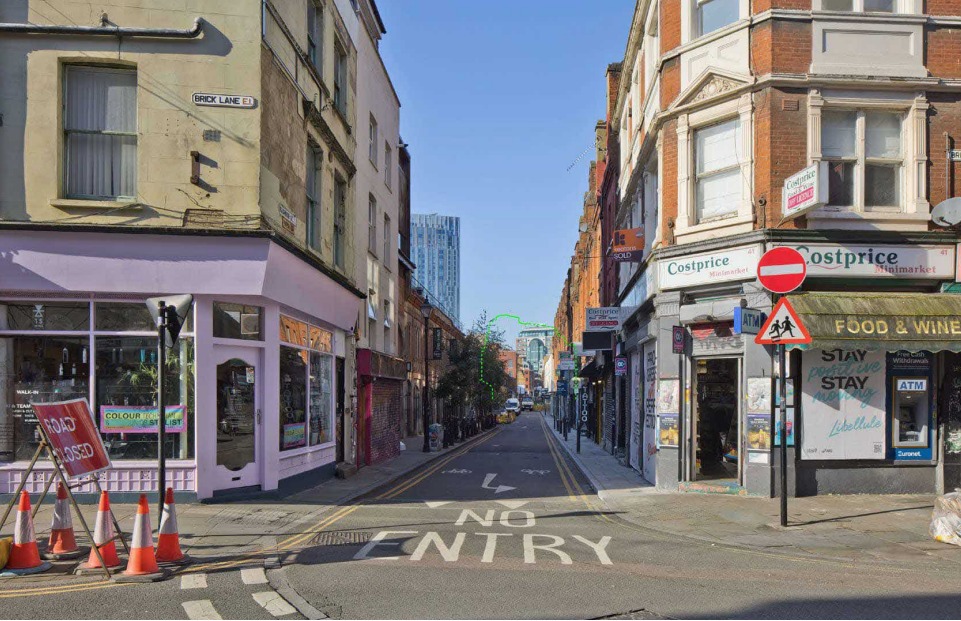Impact of Proposed 19-Storey Tower on Local Skyline and Heritage
The proposed redevelopment of Liverpool Street Station has sparked concerns among local authorities regarding its potential impact on the area’s skyline and heritage. The latest plans, which involve constructing a 19-storey tower block above the station, have raised questions about the loss of skyspace and how it might affect views from key locations such as Brick Lane, Fournier Street, Artillery Passage, and Spitalfields.
Network Rail submitted these revised plans to The City of London in April after previously proposing a taller 21-storey building that faced significant public opposition. The new design aims to address some of the concerns raised by stakeholders, with the company stating that the proposal was “designed expressly to minimise the areas of harm to heritage assets and to preserve the established townscape and views.”
However, Tower Hamlets Council has expressed reservations about the development, highlighting that it would directly impact the setting of two conservation areas within the borough, as well as the listed Christ Church building on Commercial Street. The council’s planning officers pointed out that the visual impact assessment provided in the application only showed a dotted line marking the outline of the building against the skyline, making it difficult to fully assess the potential effects.
They noted that the proposed development would “directly impact the setting” of several conservation areas and listed buildings. The council is particularly concerned that the images used in the assessment do not allow for a meaningful evaluation of how the building would affect the heritage assets in the area.
One of the main concerns raised by the council is the loss of skyspace around the station, which they describe as a gateway for many visitors to Tower Hamlets. They believe the area serves as a transitional space between the borough and the City, and the proposed tower could disrupt this balance. While the new design is less impactful than the previous 21-storey plan, the council still feels that it would reduce the level of relief when leaving the station and approaching from the streets within Tower Hamlets.
Another point of criticism is the design of the new glazed tower, which the council says appears “highly disconnected” from the brick and stone entranceway. They argue that the result is a tower that awkwardly sits on top of the entrance, overpowering the transitional space at the edge of the City and Tower Hamlets. This could create a more imposing gateway, potentially altering the character of the area.
Network Rail’s townscape and visual impact assessment includes views from six sites in Tower Hamlets, where the new building would be visible. The assessment claims that the upper floors and roof terrace would be visible from certain vantage points, such as Fashion Street from Brick Lane. However, it argues that the building would “sit comfortably” next to other tall, glazed structures, resulting in an overall neutral effect on the view.
The assessment also suggests that the building would be “barely discernable” from Allen Gardens and from Fournier Street’s junction with Wilkes Street. Similar arguments are made for other locations, including the north of Fashion Street looking west towards Bishopsgate, White’s Row from Commercial Street, and the south-west corner of Bishop’s Square.
In its planning statement, Network Rail argues that the proposal represents a sophisticated design response by leading architects, which would provide exemplary architecture that fits in with the surrounding area. The company emphasizes that the redevelopment is necessary to accommodate an expected increase in passenger numbers in the coming decades. Additionally, the new office building above the station would help finance the improvement works while addressing the “significant need” for office space in the City.
The application is currently under consideration by The City of London, and further discussions are expected to take place before a final decision is made.






